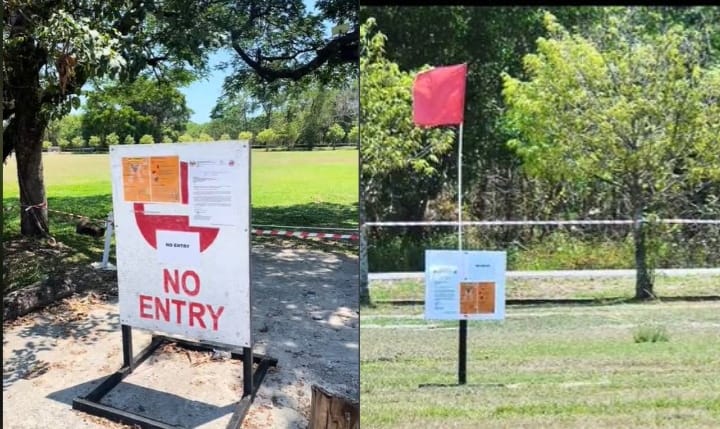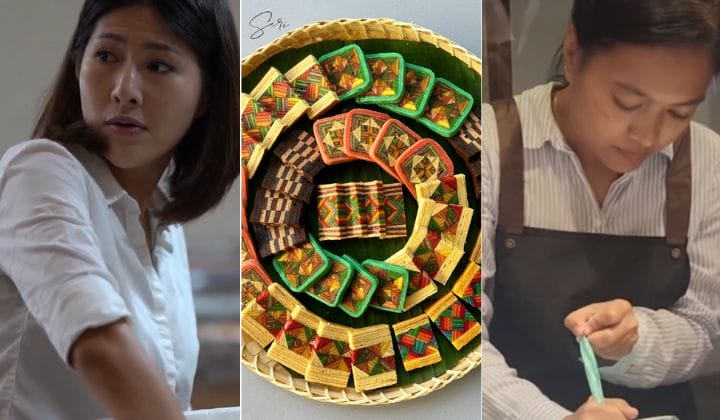No, Kaamatan And Gawai Are Not Interchangeable
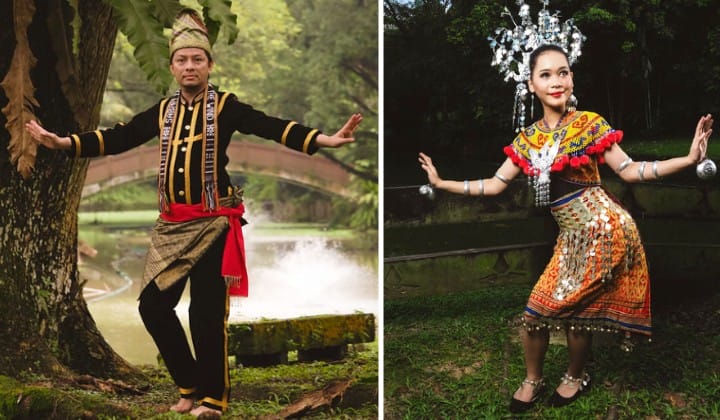
Subscribe to our new Telegram channel for the latest updates on Covid-19 and other issues.
Kaamatan and Gawai are festivals celebrated in East Malaysia during the middle of the year. While both are rice harvest festivals and it may be easy to lump them together, the two festivals are not quite the same!
Kaamatan in Sabah
Kaamatan is celebrated by the Kadazan-Dusun people of Sabah. It is more than just a harvest festival, as it ties closely with the Kadazan-Dusun belief of Momolianism, in which the earth is a gift from the creator.
Momolianism is still alive today, headed by a ritual leader high priestess called a Bobohizan or Bobolian. Come Kaamatan, the Bobohizan will lead a procession through rice paddy fields under the full moon to give thanks for a bountiful harvest. Although Kaamatan lasts for the whole month of May, the date it ends is a public holiday chosen by the Bobohizan.
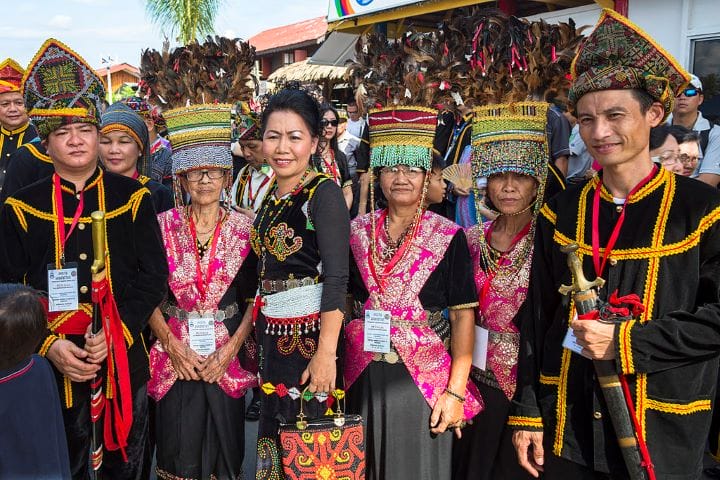
(Credit: Wikimedia Commons/CEphoto, Uwe Aranas)
In Kadazan-Dusun culture, the Kaamatan harvest festival is the celebration of a noble sacrifice by a fair maiden named Huminodun. According to legend, Huminodun was the daughter of the god Kinoringan who punished the humans who had forgotten him with a devastating famine. As the human starved, Huminodun scarified herself and her body transformed into lush food and crop that saved humankind.
Nowadays, a majority of Kadazan-Dusuns are Christians (nearly 75%), but they still celebrate Kaamatan for the sake for tradition, history, and reunion.
In modern times, Kaamatan includes plenty of fun activities such as an annual beauty pageant that is held to commemorate the spirit of Huminodun. The beauty pageant is called Unduk Ngadau and is one of the most uniquely recognizable cultural events in Sabah.
Hari Gawai in Sarawak
Gawai is celebrated by the Dayak people in Sarawak and West Kalimantan. The celebration is two days long, on 31 May and 1 June yearly.
Gawai is more of a thanksgiving day to mark a bountiful harvest and to celebrate unity. The special day has been recognized since 1957 as a celebration of the Dayak community.
Instead of the observation of a sacrifice, Gawai Dayak focuses more on providing offerings and ritualistic actions to give thanks during the harvest festival. The Dayak also concentrate more on the physical representations of nature, such as conducting hunting trips in preparations for Gawai Dayak, repairing their long house, and decorating with nature-based murals of tree and wild animal motifs.
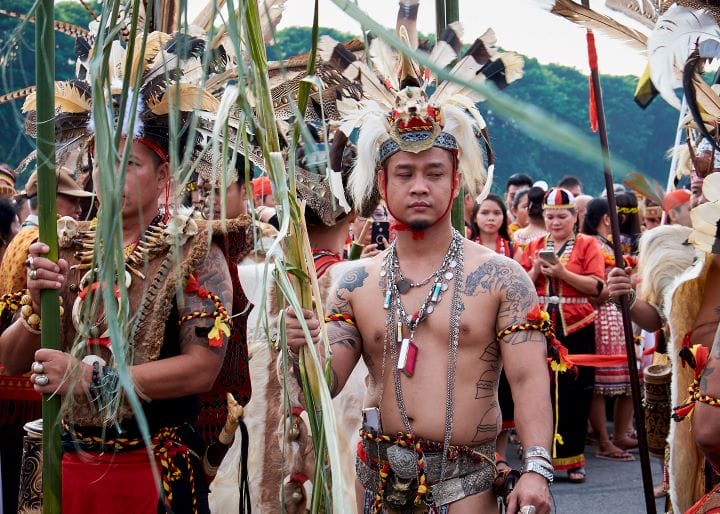
(Photo credit: Abdul Malik Mohd Eusoff/Flickr)
The Gawai Dayak also refreshes blessings, protection, and general luck of the people. All gods, good spirits, and even ghosts are invited to the Gawai feast made of traditional foods.
On the first day, offerings to the deities are placed in strategic spots in homes for protection. Some even place offerings for protection of prized possessions such as cars or family heirlooms! Wallets are placed among the offerings to increase the fortune of owners, and any additional charms must be brought out to refresh its effectiveness.
At night, respect is paid to elders of the community as choice food and drinks are offered according to social rank. This is the day for merrymaking including many traditional dances, games, and even poetry readings of traditional pantun!
On the second day, the long houses are opened up to guests in a practice called ngabang. Ngabang can continue until the end of June, seeing a steady procession of friends and visitors for a full month.
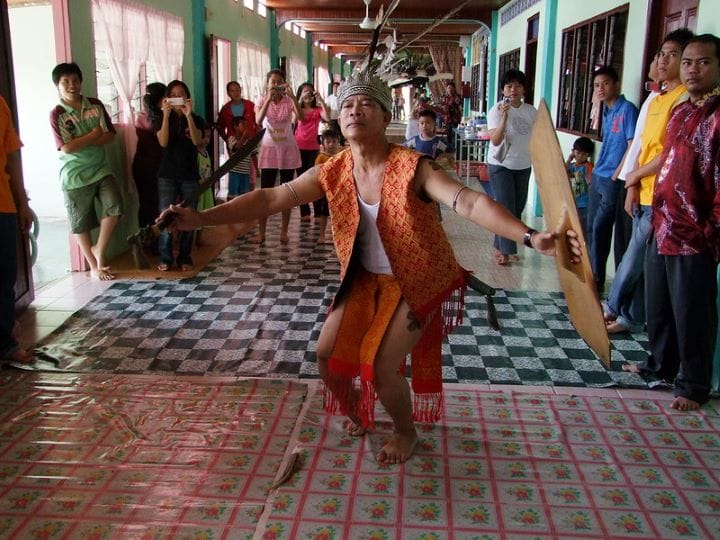
(Photo credit: Peter Ashby/Flickr)
This is when all kinds of traditional food and drinks are offered and gifted to guests, like the well-known rice wine tuak. Dayaks also take this time to reinforce kinship within the community by discussing genealogy.
Same-same but different
At first glance, it may seem that Kaamatan and Gawai are almost the same celebration of a harvest festival, but the historical and cultural differences are quite significant.
Even though it’s difficult to celebrate either festival during this trying time, we can always learn a bit more about our own Malaysian culture!
To all our brothers and sisters in East Malaysia, Selamat Tadau Kaamatan and Hari Gawai! Stay safe and share your thoughts with us on TRP’s Facebook, Twitter, and Instagram
Anne is an advocate of sustainable living and the circular economy, and has managed to mum-nag the team into using reusable containers to tapau food. She is also a proud parent of 4 cats and 1 rabbit.






